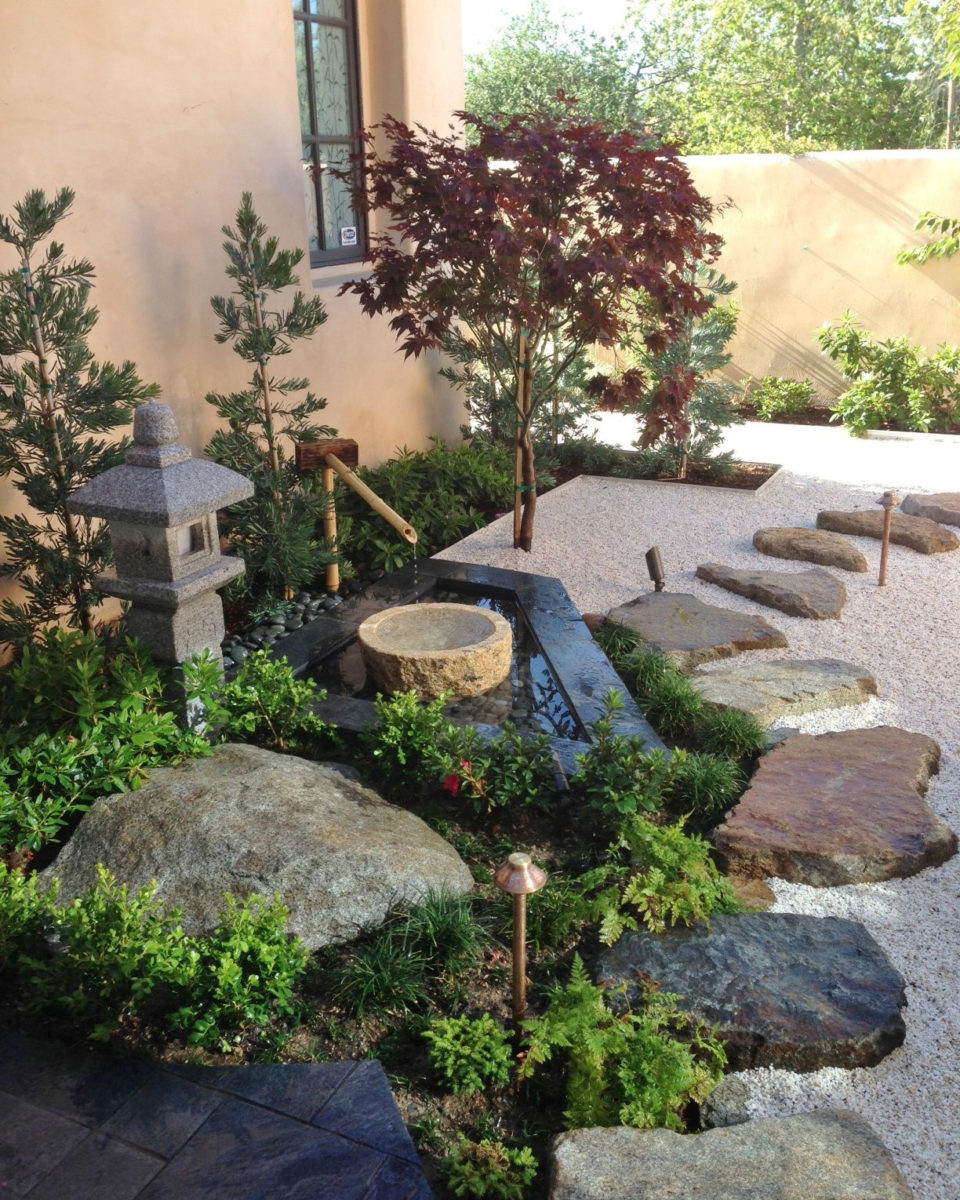

Grow your indoor or outdoor garden and support these Black-owned plant shops for Black History Monthĭuring the transitional period between fall and winter, there’s nothing like a vibrant red plant to infuse your garden with festive cheer. What types of plants can you grow from garden boxes? You’ll be surprised with all your options! These are the 13 best gardening shows to stream right now Looking for a garden planning app? These 8 will simplify your growing season schedule Although you may need to put in the initial work to pull up weeds and put down gravel and ground cover, you should be left with a gorgeous garden that doesn’t require much maintenance in the long run and one that provides you with tranquility.ĩ low-maintenance outdoor potted plants your patio needs to be its brightest, most inviting self this summer There are three elements to consider as you take inspiration from a Japanese garden: rocks, water, and plants. You can furnish water features in your own garden by surrounding them with plants, like hostas and ferns.Ĭonsider incorporating Japanese garden design elements into your landscape if you want a beautiful yet simple layout. In traditional tea ceremonies, water basins were used for cleansing rituals, but they serve more decorative purposes nowadays. If you don’t have the time or space to incorporate a pond or waterfall into your garden design, you can bring water into the picture with a simple shallow stone water basin (tsukubai) or a fountain. But waterscaping, of course, may not be ideal for a low-maintenance garden. Stone lanterns, bridges, and pagodas often complement them. Japanese tea and stroll gardens often have water features, such as ponds with koi fish and lily pads. Water represents the flow of life as well as tranquility. Image used with permission by copyright holder 3. While you might want to pull weeds around your stones from time to time, moss is a welcome organic element in Japanese gardens. For additional texture, add ground cover plants around stones to blur out harsh edges. In any case, you want to be careful with laying down uneven stones as you build your path. You can incorporate stepping stones or cut paving stones into your design. You can, for example, place winding paths that lead to shrubs and hedges. A Shin path might consist of neatly cut stones, a Gyo one of stepping stones and cut stones, and a So one of gravel.Ĭonsider where the paths take you and what your vantage point looks like at those particular stops.

Pathways fall into one of three ideals: Shin, Gyo, and So, which roughly translate to formal, ordinary, and informal. On a practical level, garden pathways also lead people to structures, such as teahouses. While you might not have space to build a bridge in your garden, you can incorporate walkways, which symbolize the journey through life. Stone pathways are common elements in Japanese gardens. Image used with permission by copyright holder 2. Although you want to keep your rockery neutral, plants are where you can bring in vibrant colors.

To bring foliage into your design, look into plants, such as Japanese maple trees, pine trees, and camellias. While some people skip greenery altogether, plants can definitely be integrated into your Japanese garden design layout. Stick to a monochromatic palette when picking out your sand and rocks. When putting together a Japanese zen garden, your guiding principle should be simplicity. You often have sand or gravel raked into a spiral pattern that resembles an ocean, with strategically placed boulders that symbolize islands. As such, zen gardens are relatively simple. When you visit a zen garden, it should be conducive to meditation. With a zen garden, the focus is less on plants and more on rocks and gravel. One type of low-maintenance Japanese garden design is a zen garden, which initially started around the 6th century B.C., as monks built gardens for meditation. Image used with permission by copyright holder 1. While you might not be able to duplicate a traditional Japanese garden exactly, you can draw ideas to incorporate into your garden. Embracing simplicity and tranquility, many Japanese garden designs leverage three main elements: water, rocks, and plants. They’re often asymmetrical but still balanced, featuring odd-number groupings of objects to develop a sense of natural harmony.


 0 kommentar(er)
0 kommentar(er)
